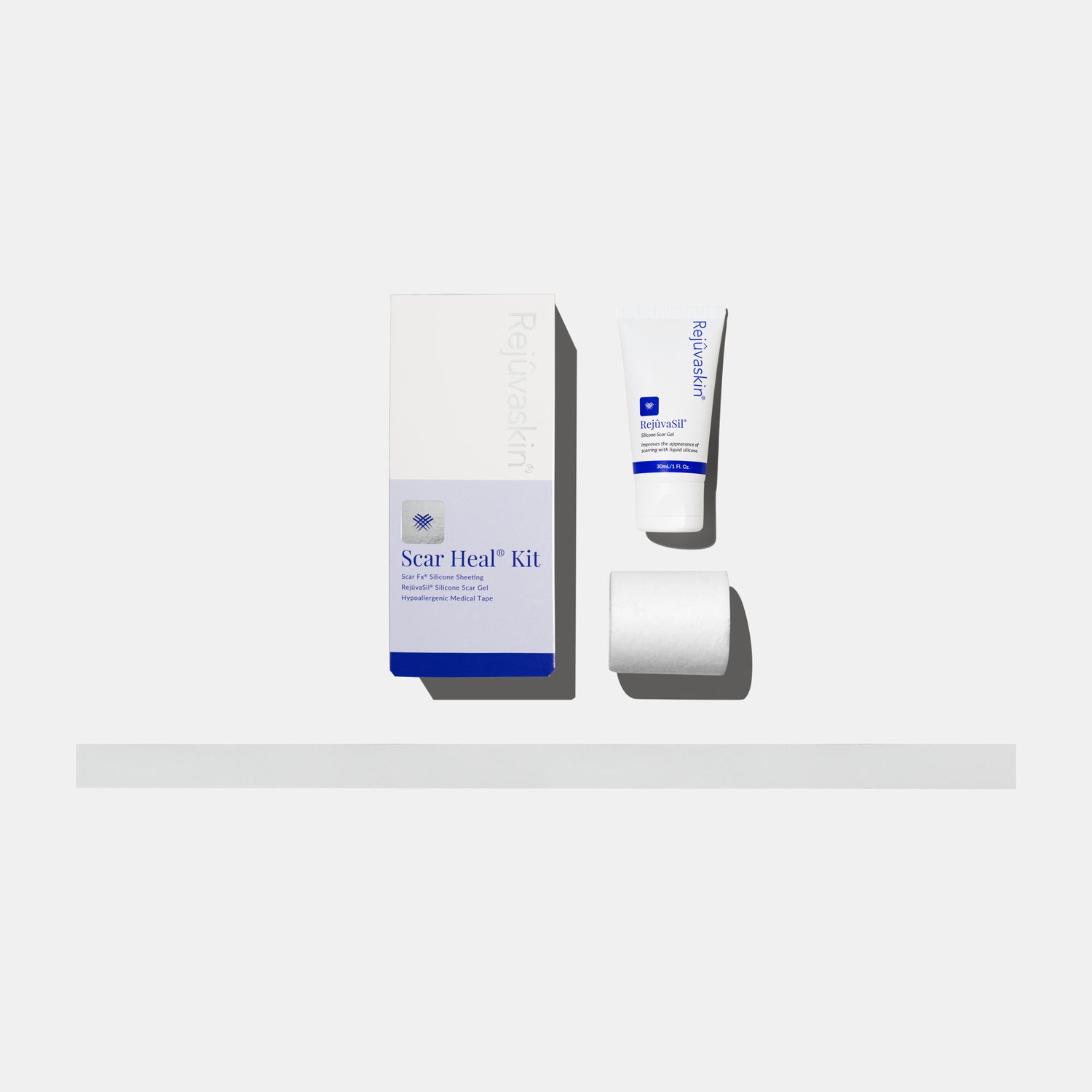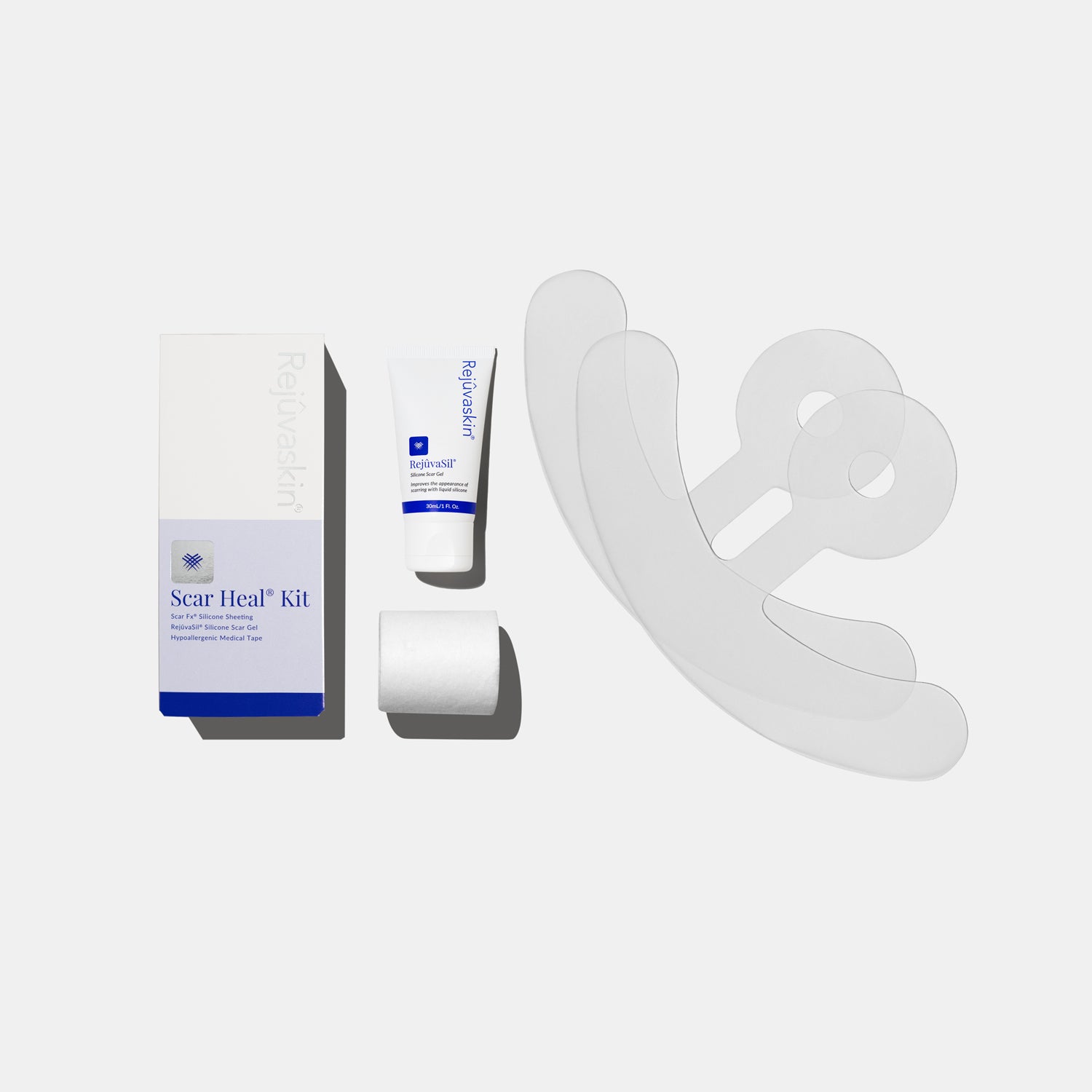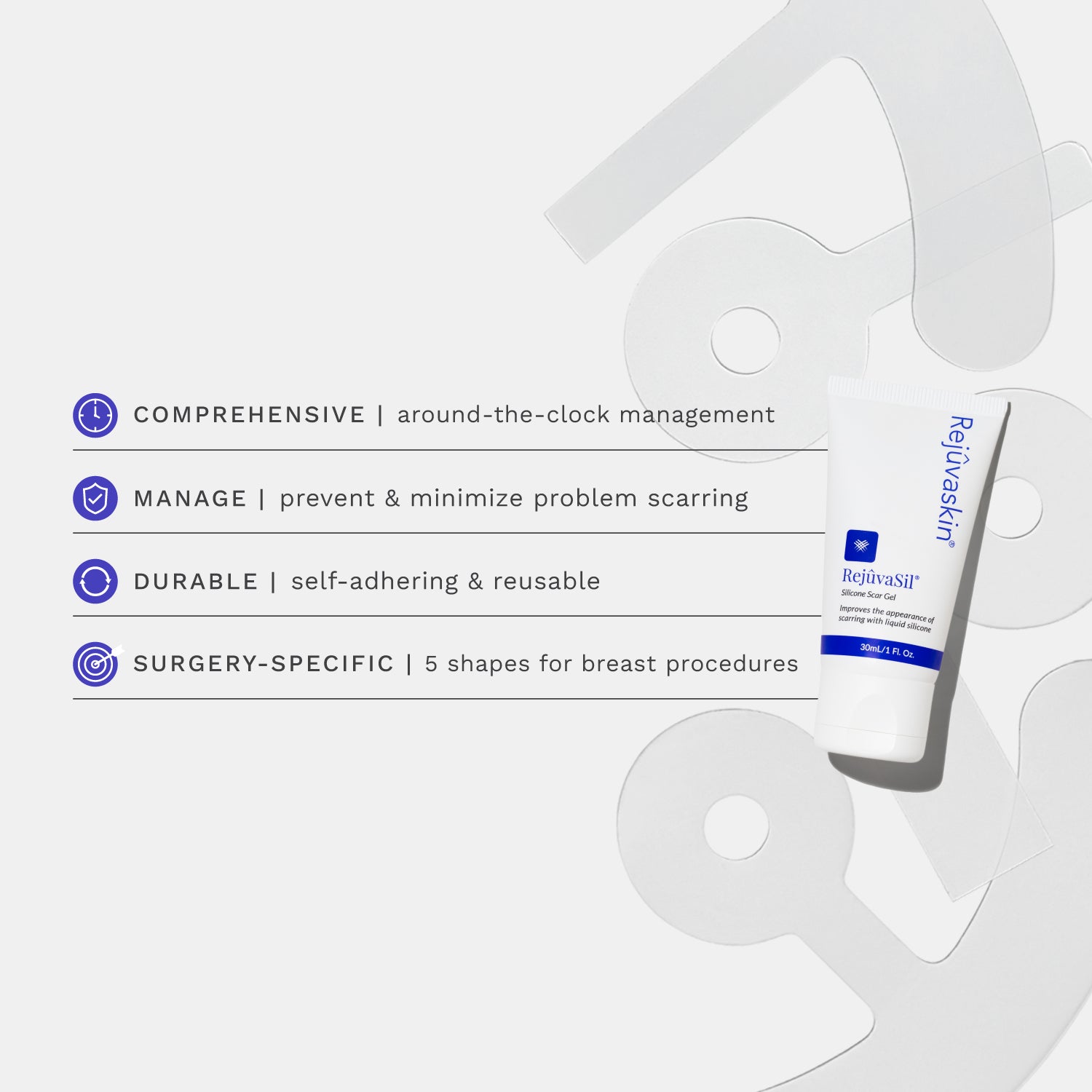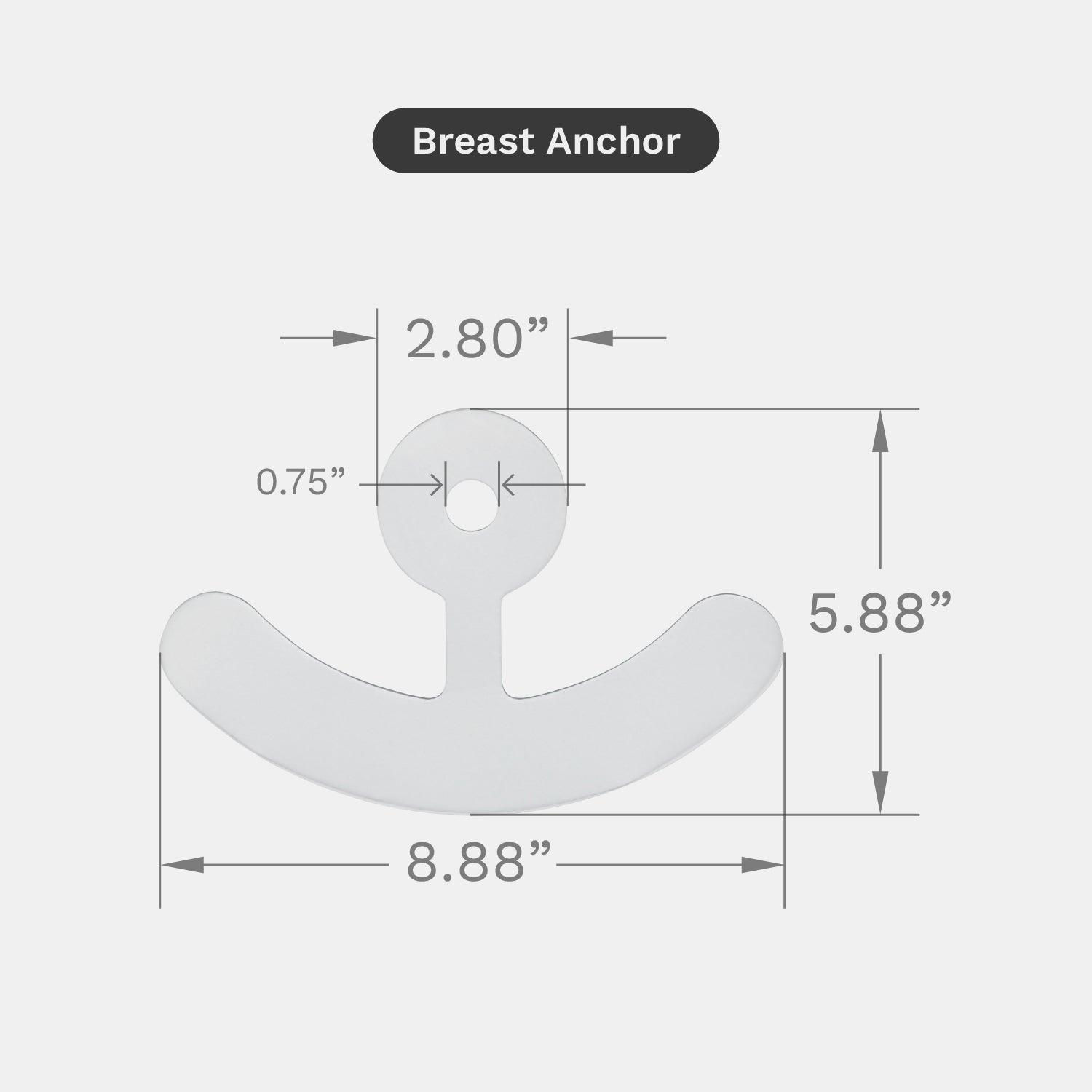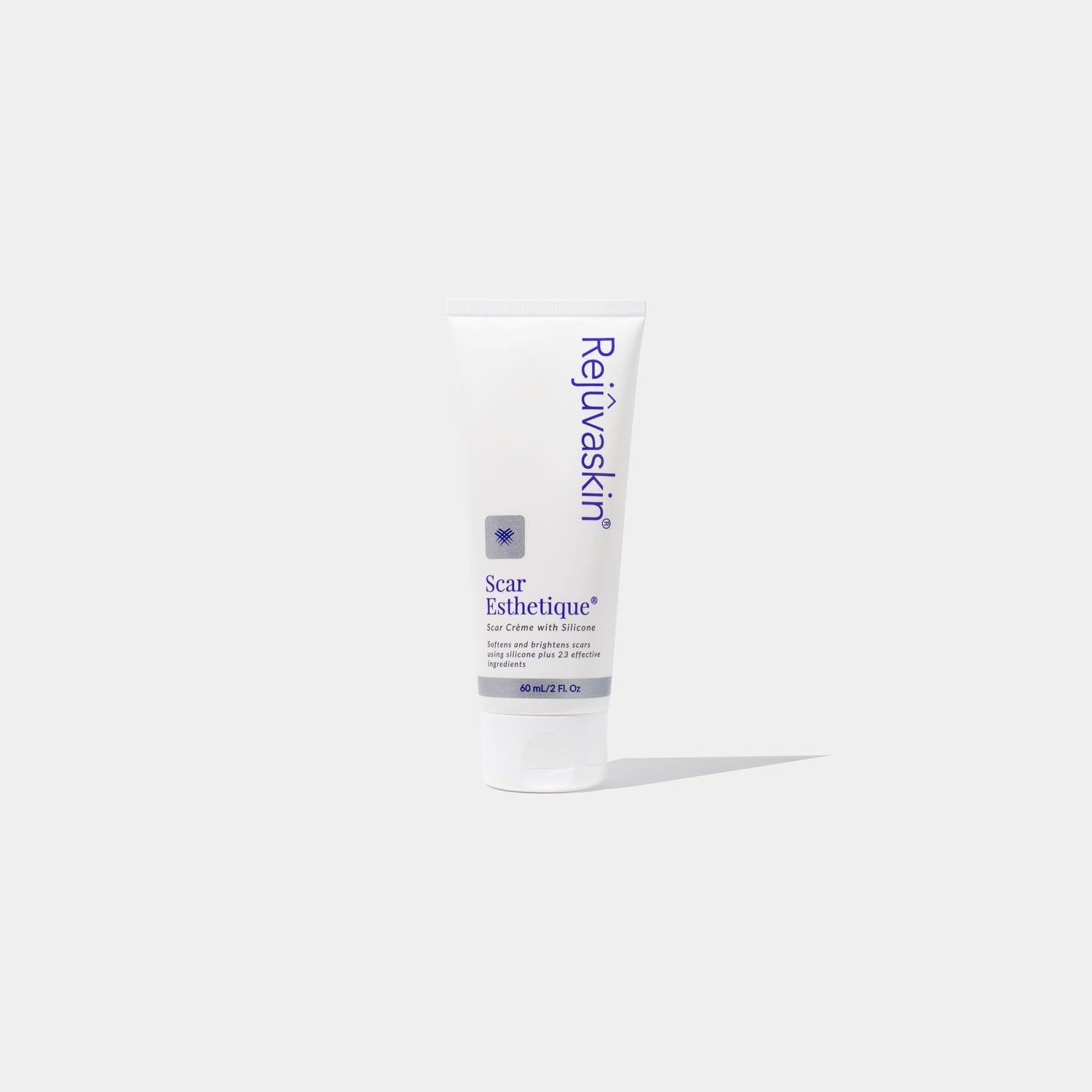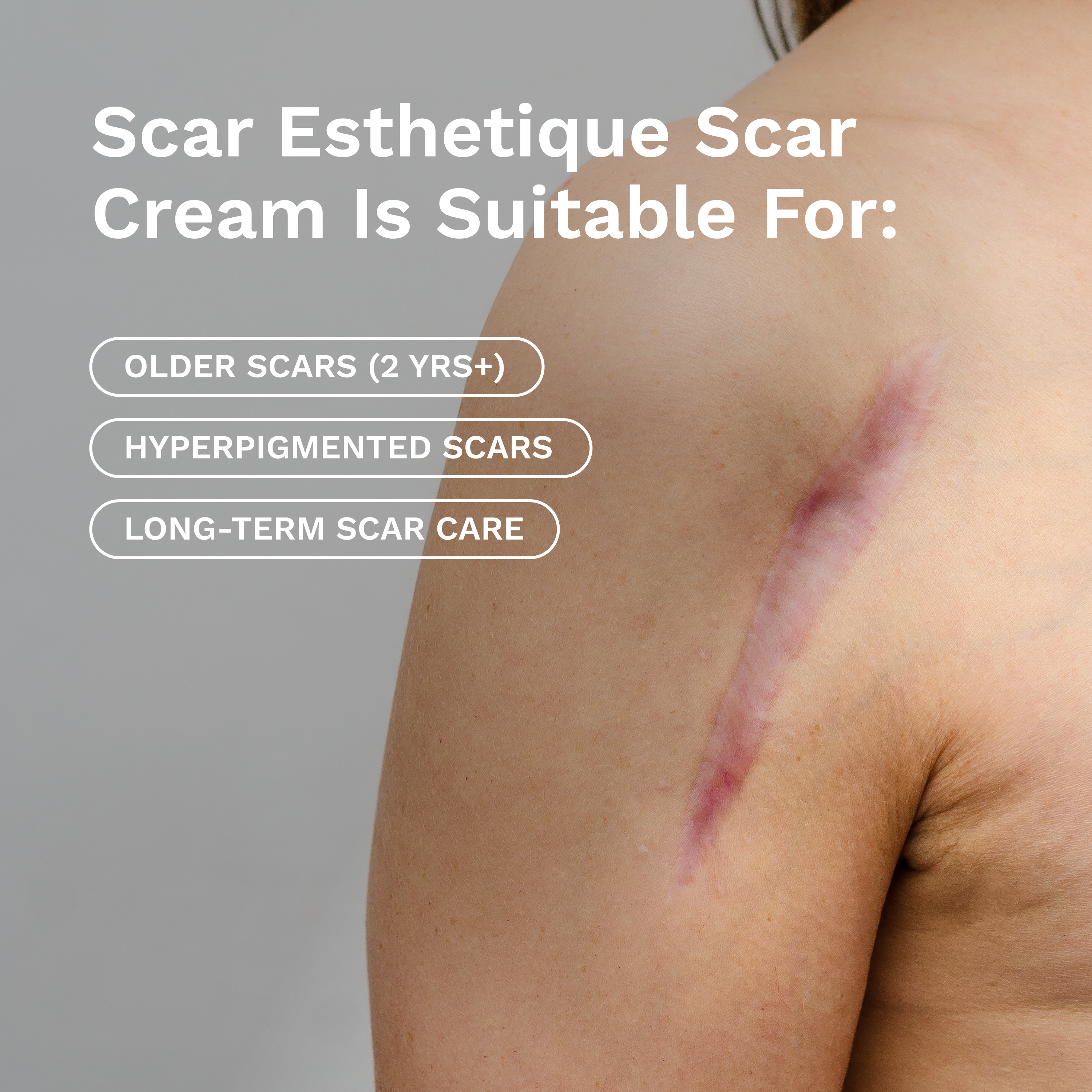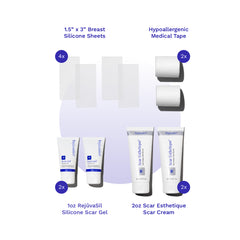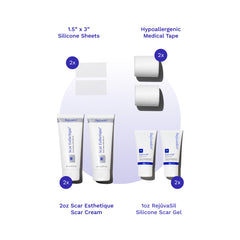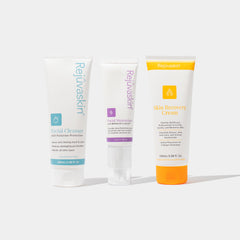
The Scar Guide
Ever wondered why scar tissue looks a little bit different than your regular skin? Scars are the body’s natural way of healing, but understanding what kind of scar you’re dealing with– and how to care for it— can make all the difference in improving its appearance.
Types Of Scars
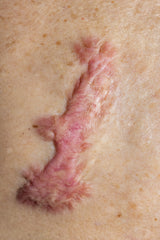
Keloids
One of the most common types of raised scars— notable for their distinct lumpy, shiny appearance, usually being darker or redder than the skin around it. Keloids develop when the scar tissue extends beyond the original wound site in a disorganized fashion.
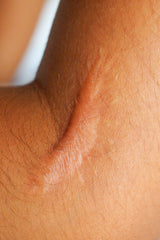
Hypertrophic
In contrast to keloids, hypertrophic raised scars tend to stay within the bounds of the original injury, in a more rigid, orderly appearance. They are thicker & redder than a normal scar, thanks to an excess of collagen production.
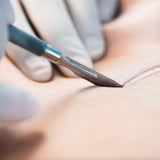
Surgical
As you can probably guess, surgical scars are from surgical incisions— meaning they tend to be straighter and more orderly in appearance. They are also the easiest to prep for since they are scheduled.
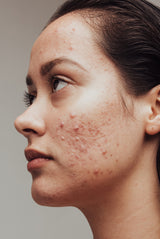
Acne
Scars from acne can take a few different forms, but often they appear as deep wells and pits (sometimes known as “icepick scars”). Acne scars also often reddish in appearance from their post-inflammatory stage.
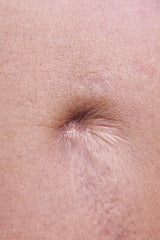
Indented
Also known as depressed or pitted scars, these tend to form from puncture wounds or surgical incisions that were closed poorly. Once they form, they’re unfortunately pretty hard to treat with topical products— you may find fillers or scar revision surgery more helpful instead!
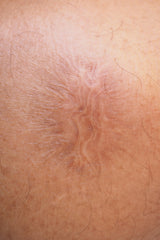
Burns
Burn scars can come in wide variety of shapes, sizes, and colors, depending on the size & severity of the injury. The more severe burn scars are likely to form into what’s known as “skin contractures”, where the skin surrounding the wound tightens and shrinks, which causes tightness and restricted movement.
